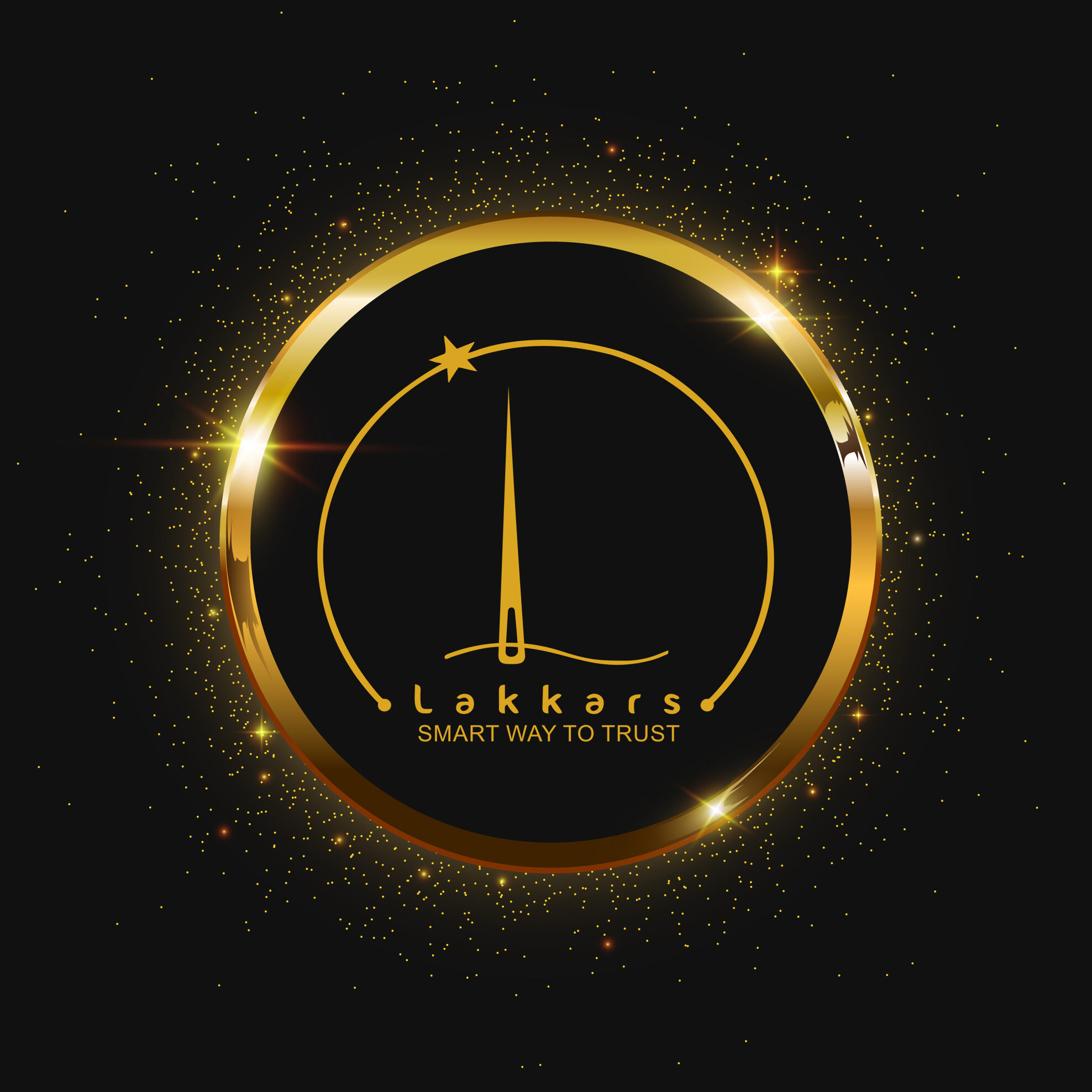Southeast Asian Designers Redefining Fashion!
What may not be such an immediate association are brocade trench coats or distressed, block-print hoodies. At any mention of South Asian fashion, images of heavily embroidered sarees or even bridal wear may come to mind and indeed, these are the pieces synonymous with the region. These new styles a blend of past and present, of East and West, are currently drawing in fashion mavericks globally, and are just a few of the designs from labels that make up No Borders, an India-based concept store and brainchild of stylist Kanika Karvinkop.
Karvinkop, who founded the shop in 2017, works with designers like Suket Dhir (an Indian designer who bagged the International Wool mark Prize in 2016), Amesh Wijesekera (a London-based Sri Lankan creative director), and more; she visits their factories, absorbing their individual goals, and ultimately bringing them to her sprawling network of diverse artists. The store is built upon this idea: bringing niche, redefined fashion to a global platform, while simultaneously breaking stereotypical notions of certain cultures.

In these designers, Karvinkop has discovered people looking to break the mould: intertwining gold-plated jewellery with office wear, Mughal-era prints with minimalist silhouettes, and utilising authentic, home-grown fabrics. No Border is home to brands like Rastah, a Pakistani streetwear label, and designers like Negine Jasmine an Afghanistani artist who specializes in embroidery. The artists she features in her shop also exemplify a larger movement happening within Southeast Asian fashions, as the styles traditionally associated with the region gain new life, remained by a wave of young creative’s.
Every designer Karvinkop collaborates with their locations ranging from Peru to Nigeria and Bangladesh draws inspiration from their heritage and aesthetic traditions. But even while utilizing traditional methods and techniques to create these wares, they make contemporary pieces that tell a story. One such artist is Taha Yousef, founder and creative director of Love Closely. Worn by the likes of French Montana and Riz Ahmed, the luxury streetwear brand weaves together the rich cultural wear of Pakistan and the Middle East, often using Arabic calligraphy as a medium. (The brand’s latest collection, for instance, was inspired by a Persian poem that draws on ideas of peace and fulfilment.) The clothes themselves are upcycled and sustainable, with everything from bucket hats to high-end joggers created with patchwork fabrics and eclipsed by lines of poetry written in Arabic. “I want our clothing to embody a message but also to change the narrative associated with that region of the world. Muslim-speaking nations already have a connotation in the media,” Yousef, 29, says. “I want the beauty and the art of our culture to be exposed to the masses through the medium of fashion, and for our calligraphy to be representative without any sort of baggage associated with it.”

Their clothes are a remix of sorts, made for those who are seeking a sense of both freedom and fusion. Their art comes in the form of wearable history. Both the designers and the rising demand from consumers exemplifies a burgeoning market for this sort of fashion the kind that nods toward history while also emancipating itself from tradition. “People now want to wear something that carries a message and carries the beauty of their cultures,” Yousef, the designer of Love Closely, says. “It’s beyond just fashion.”

Magazine launched for helping women for success. Lakkars has always served and worked efficiently towards women empowerment, we have blossomed into America’s most-read fashion magazine.


